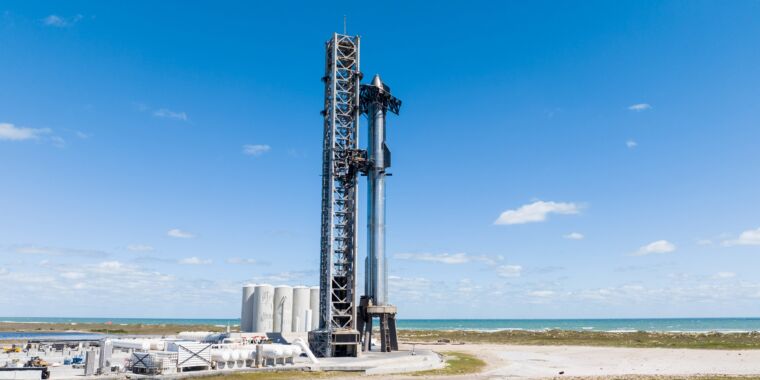wader
Well-Known Angler

Planet survives catastrophic end of its solar system. How did it escape destruction?
The planet is larger than Jupiter.
Follow along with the video below to see how to install our site as a web app on your home screen.
Note: This feature may not be available in some browsers.




Although I'm pretty sure we're all socked in tonight, but if you get a clearing by Orion, the Orionids Meteor shower will be going on. The Orionids are remnants of Halley's Comet.

Some context on the first picture, this from today's Astronomy Picture of the Day emphasizing that every point of light in the photo is a GALAXY!!The EU's Euclid telescope is online, some of the wide field views in the article are stunning!
NY Times
View attachment 70558
View attachment 70559



”nothing to worry about” LMFAO
A Missing Asteroid Could Hit the Earth in 2024
Moving across the country can feel like the end of the world, but for one fictional family in the 2021 disaster film Asteroid (streaming now on Peacock), the association was a little more literal. When the three of them (Spencer, Lynn, and Zoe) leave their hectic life in the big city for a...www.yahoo.com

”nothing to worry about” LMFAO



